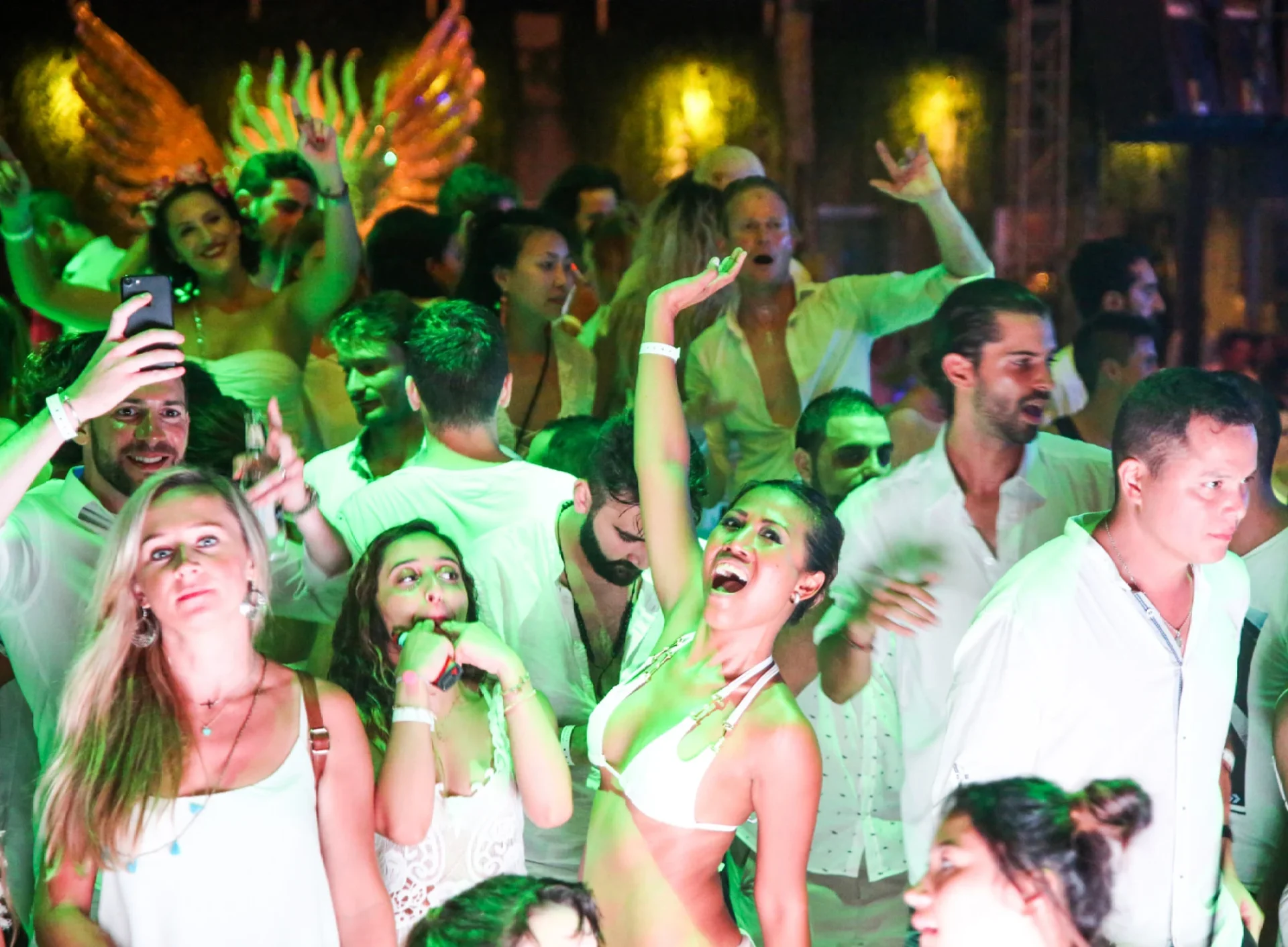In June 1988, a unique and spectacular tradition was born, a tradition that would eventually span the globe. The instigator was François Pasquier, who, on returning to Paris after a lengthy stay overseas, planned a reunion dinner with his friends. Unable to accommodate everyone in his own home, he hosted the party in a public park. To help guests easily recognize each other in the open space, Pasquier proposed a simple dress code: everyone should wear white. This gathering was such a triumphant success that Pasquier decided to make it an annual affair, and so was born the “Dîner en Blanc” or “dinner in white.”
Over the years, Dîner en Blanc grew in size and popularity, evolving into a ticketed event. The idea leapt across the Atlantic in 2009 when Pasquier’s son, Aymeric, exported the concept to Montreal, Canada. Three years later, Aymeric marked another milestone by hosting the first American Dîner en Blanc in New York. This was also the year he established Dîner en Blanc International, a Canadian company tasked with growing the network and licensing the event worldwide.
Today, Dîner en Blanc is a global phenomenon celebrated on six continents and over 85 cities, making it the world’s biggest dinner party. Its 30th-anniversary event held in Paris in 2018 was a monumental occasion, attracting almost 17,000 people and becoming the focus of an IMDb listed documentary, which intriguingly outlined the event as a “mesmerizing intersection of food and fashion.”
In the late 90s and early 2000s, all-white parties took on a different flavor in the United States. While dining remained a focal point in Paris, these events in the US were centered on partying. One of the most prominent hosts was rap artist Sean “Diddy” Combs. His ultra-exclusive white parties in the Hamptons, a holiday destination for wealthy New Yorkers, became a symbol of status and decadence, attracting a glittering list of attendees from the entertainment industry.
In 2003, the all-white party trend arrived in Asia when Ku De Ta, a stylish beach club in Bali, launched an annual event. Combining dinner and a dance party, the White Party soon became an iconic event on the island, drawing in visitors from around the globe. Arshad Rizvi, a Dutch DJ and Ku De Ta’s creative director since 2016, shares the immense planning that goes into these events, with each one crafted to create an unforgettable experience for guests.
One such memorable White Party was in 2018 when an unexpected challenge turned into an additional celebration. Despite a last-minute setback with their headline act, the party ended up running until the early hours, with another event hastily organized for the next day.
Sadly, due to the Covid-19 pandemic, the White Party was cancelled in 2020 and 2021. However, in 2022 it roared back to life with a ‘Nights in White Satin’ theme and a full house. The excitement was palpable with guests eager to return after the enforced hiatus.
Looking forward to the upcoming White Party scheduled for August 16, the evening before Indonesia’s Independence Day, guests can expect a mesmerizing journey inspired by the 1990s science fiction film and TV series, Stargate. With Berlin-based DJ Oliver Koletzki and Gheist, a hybrid live DJ collective from Berlin, as the headline acts, this year’s White Party promises to be an event to remember. Rizvi, having managed numerous events, recognizes the unique challenge the White Party presents in maintaining its standing amongst the numerous music festivals on the island. Yet, the scale and ambition of the production set it apart.
In essence, from Pasquier’s humble gathering in Paris to the vibrant parties in Bali, the all-white party trend has traversed continents, evolved, and become a cherished event worldwide.
READ MORE:
